How Do Chinchillas Bathe in the Wild?
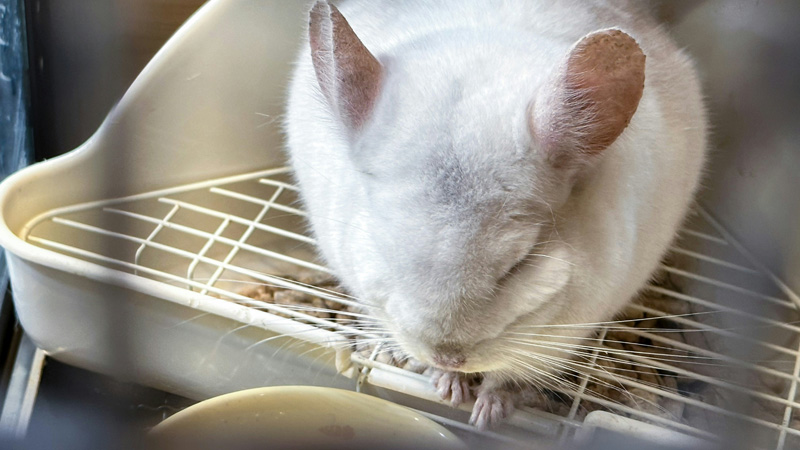
Photo by Ticka Kao on Unsplash
Chinchillas are adorable and elusive creatures that inhabit the remote and rugged terrain of the Andes Mountains in South America. These furry little beings have captured the hearts of many for their soft fur, captivating large eyes, and delightful personalities. Their natural habitat in the Andes Mountains has shaped their unique behaviors and adaptations, allowing them to thrive in this challenging environment.
While chinchillas are commonly kept as pets in many parts of the world, understanding their natural behaviors in the wild offers insight into their unique adaptations and survival strategies. Among these behaviors, one of the most intriguing is their method of bathing.
The Natural Habitat of Chinchillas
Chinchillas are native to the Andes Mountains of South America, where they inhabit rocky, arid terrain characterized by steep slopes and sparse vegetation. These regions have extreme temperature fluctuations, with scorching heat during the day and freezing cold at night. Chinchillas have adapted to these harsh conditions by developing thick fur that provides insulation against both extremes of temperature, as well as predators that may threaten their survival.
In the wild, chinchillas are solitary and territorial animals, with each individual occupying a burrow or rock crevice as their den. They are primarily crepuscular, meaning they are most active during the dawn and dusk hours when temperatures are milder, and predators are less active. Chinchillas are agile climbers and jumpers, using their powerful hind legs to navigate the rocky terrain with ease.
Why Do Chinchillas Take Dust Baths?
One of the most distinctive grooming behaviors of chinchillas is dust bathing. Chinchillas do not bathe in water like many other animals; instead, they rely on fine volcanic ash called pumice dust to keep their fur clean and healthy. This behavior is essential for maintaining the chinchilla's coat in optimal condition, as their fur is so dense that it can easily trap moisture and become a breeding ground for bacteria and fungi.
In the wild, chinchillas seek out areas with loose, dry soil to roll in and coat their fur with pumice dust. These dust baths help to absorb excess oil and moisture from the chinchilla's fur, prevent matting and tangling, and remove dirt, debris, and parasites that may have accumulated during foraging and exploration. By dust bathing regularly, chinchillas are able to maintain the cleanliness and softness of their fur, as well as regulate their body temperature and prevent skin infections.
The Dust Bathing Ritual of Wild Chinchillas
When it comes to dust bathing in the wild, chinchillas display a ritualistic and methodical approach that reflects their meticulous grooming habits. In their natural habitat, chinchillas will typically identify a suitable dusting spot with dry, fine soil that is free of moisture and contaminants. These areas are often located in the shelter of rocks or bushes to provide some protection and privacy during the grooming process.
Once a dusting spot is located, the chinchilla will methodically roll and flip in the pumice dust, covering its entire body from head to tail. This rolling action helps the dust penetrate deep into the fur and absorb oils and dirt, while also providing a soothing and refreshing sensation for the chinchilla. After a thorough dusting session, the chinchilla will shake its body vigorously to remove any excess dust particles and restore the fluffy appearance of its coat.
The Benefits of Dust Bathing for Wild Chinchillas
Dust bathing is not just a grooming habit for chinchillas; it is a vital behavior that contributes to their overall health and well-being in the wild. By engaging in regular dust baths, chinchillas benefit in several ways:
Cleanliness and Hygiene: Dust bathing helps to remove dirt, oil, and debris from the chinchilla's fur, keeping it clean and free of contaminants that could cause skin issues or infections.
Maintenance of Fur Quality: The pumice dust absorbs excess moisture and oils from the chinchilla's fur, preventing matting and tangling and allowing the fur to maintain its softness and vibrancy.
Regulation of Body Temperature: Dust bathing helps to regulate the chinchilla's body temperature by removing insulating oils from the fur, allowing air to circulate more effectively and prevent overheating.
Behavioral Enrichment: Dust bathing is a natural and instinctual behavior for chinchillas, providing mental stimulation and satisfaction that contributes to their overall mental health and well-being.
Parasite Prevention: Dust bathing helps to remove external parasites such as mites and fleas, reducing the risk of infestations that could harm the chinchilla's health.
How Often Should Chinchillas Be Bathed as Pets?
At least 2-3 times a week!
Chinchillas are unique animals that require regular dust baths to maintain their fur and overall well-being. Dust bathing is a vital part of their grooming routine. Chinchillas should typically have access to dust baths 2-3 times a week.
Dust specifically designed for chinchillas can be purchased at most pet stores or online. It is important to use chinchilla dust rather than regular sand as chinchilla dust is formulated to effectively absorb oils and remove dirt from their fur.
Regular dust baths help chinchillas remove excess oils, dirt, and debris from their fur. It also aids in preventing skin issues and parasite infestations.
Conclusion
In a domestic setting, chinchillas are typically provided with dust baths made of specialized chinchilla dust or sand, available from pet supply stores. Pet owners usually offer dust baths to their chinchillas a few times a week, depending on factors such as the chinchilla's activity level, coat condition, and environmental conditions.
Unlike wild chinchillas, pet chinchillas may not have access to natural dust bathing sites, so it's essential for owners to provide suitable dust baths as part of their regular care routine. Over-bathing can strip the fur of essential oils and lead to dryness and skin irritation, so it's crucial to strike a balance and monitor the chinchilla's grooming habits closely.
You May Also Like
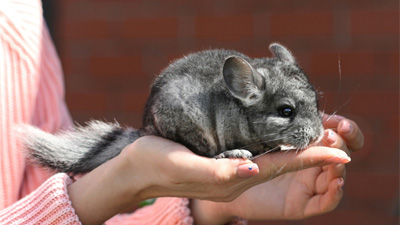 Other PetsTop 30 Unique Chinchilla Names
Other PetsTop 30 Unique Chinchilla Names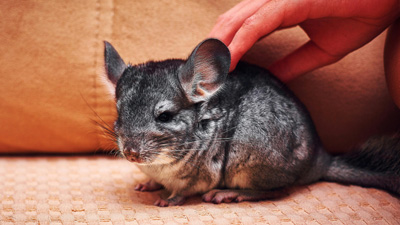 Other PetsBeginner's Guide: What is a Chinchilla?
Other PetsBeginner's Guide: What is a Chinchilla?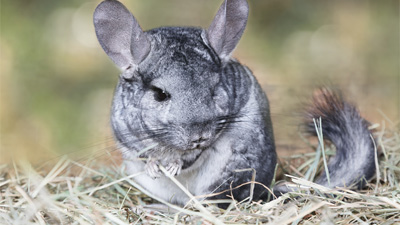 Other Pets7 Ways Chinchillas Use to Protect Themselves in the Wild
Other Pets7 Ways Chinchillas Use to Protect Themselves in the Wild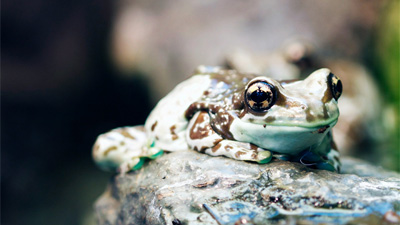 Help & AdviceExploring 10 Easiest Exotic Pets to Take Care Of
Help & AdviceExploring 10 Easiest Exotic Pets to Take Care Of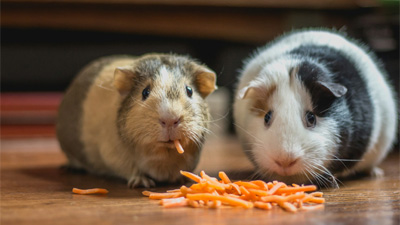 Help & AdviceThese 5 Types of Small Pets Like To Cuddle
Help & AdviceThese 5 Types of Small Pets Like To Cuddle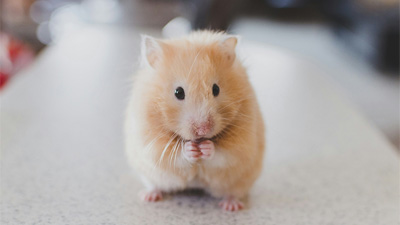 Pet HamsterWhat is the Most Common Type of Hamster?
Pet HamsterWhat is the Most Common Type of Hamster?